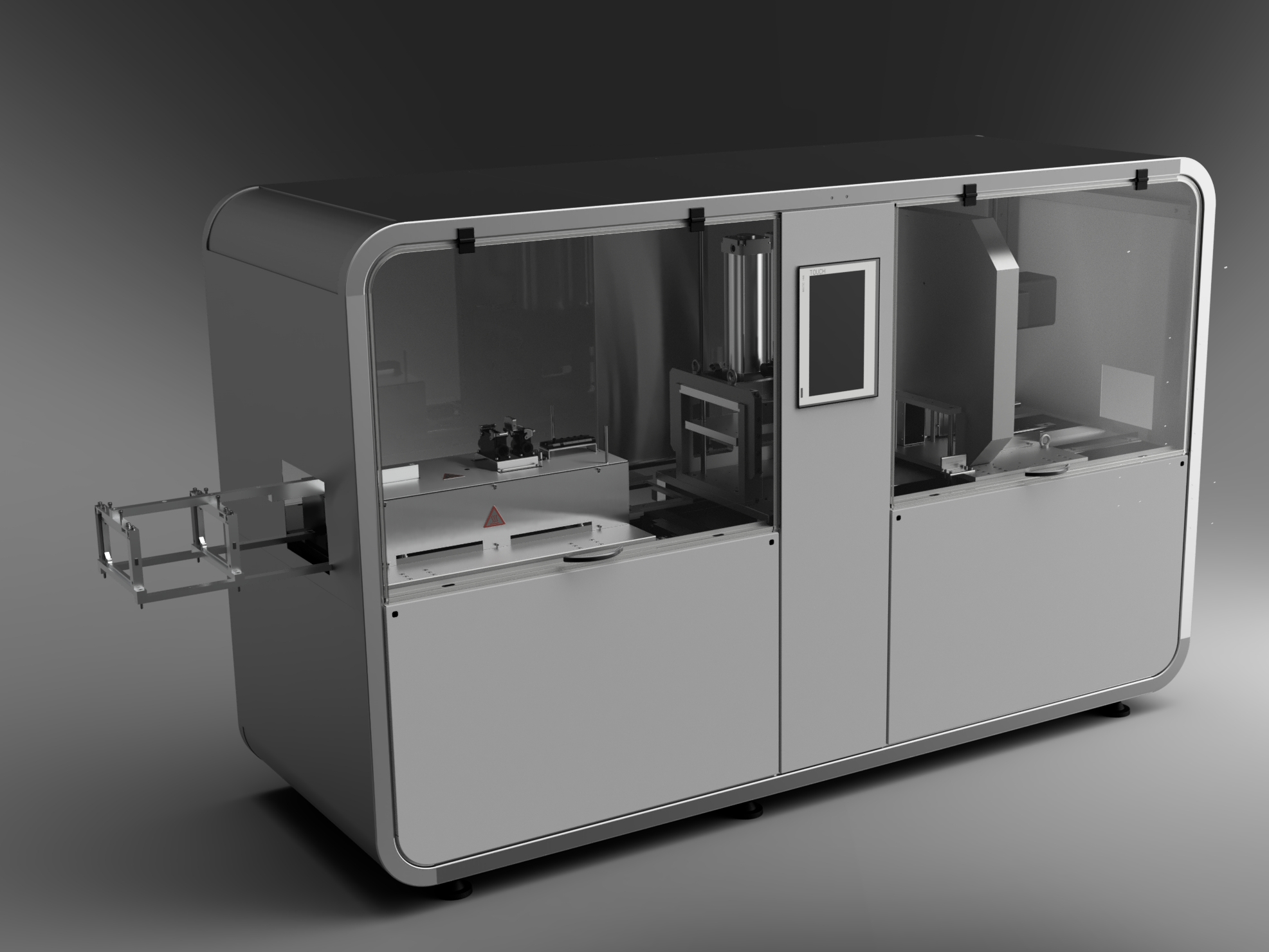
Thomas Technik & Innovation (TTI) has launched what it says is the world’s shortest pultrusion machine.
The pullCUBE system is 3.5 m long, around 75% shorter than existing pultrusion machines, the company said.
According to TTI, the machines can help manufacturers install machines within current sites without building new production halls and are easier to transport and quick to set up, so that they can be located at the job site itself. This makes it easier for pullCUBE to deliver profiles with no length restrictions, allowing full length structural profiles for large civil projects such as bridges to be produced without joins.
TTI says that the shorter machine path also reduces set-up scrap and production waste, as regular mold cleaning purges are no longer required. According to the company, annual savings of over €144,000 euros can be achieved based on a carbon profile with price per meter at €10, three shifts and a normal purge every 20 minutes.
The new pullCUBE machine uses TTI’s patented moving mold technology and radius pultrusion process and can be configured to produce both straight and curved profiles. It has recently been used to make a curved, multi-hollow pultruded carbon fiber bumper beam for the 2020 Chevrolet Corvette Stingray, which offers weight reduction of 50% compared to a similar part and can be produced at a rate of 70,000 parts per year.
‘Our most highly automated machine yet packs a massive amount of integrated technology into the world’s smallest pultrusion package, offering flexible, transportable, high rate production with huge reductions in waste costs,’ said Sebastian Mehrtens, head of sales.
A pullCUBE machine will be on display at JEC World 2020.
This story uses material from TTI, with editorial changes made by Materials Today. The views expressed in this article do not necessarily represent those of Elsevier.




